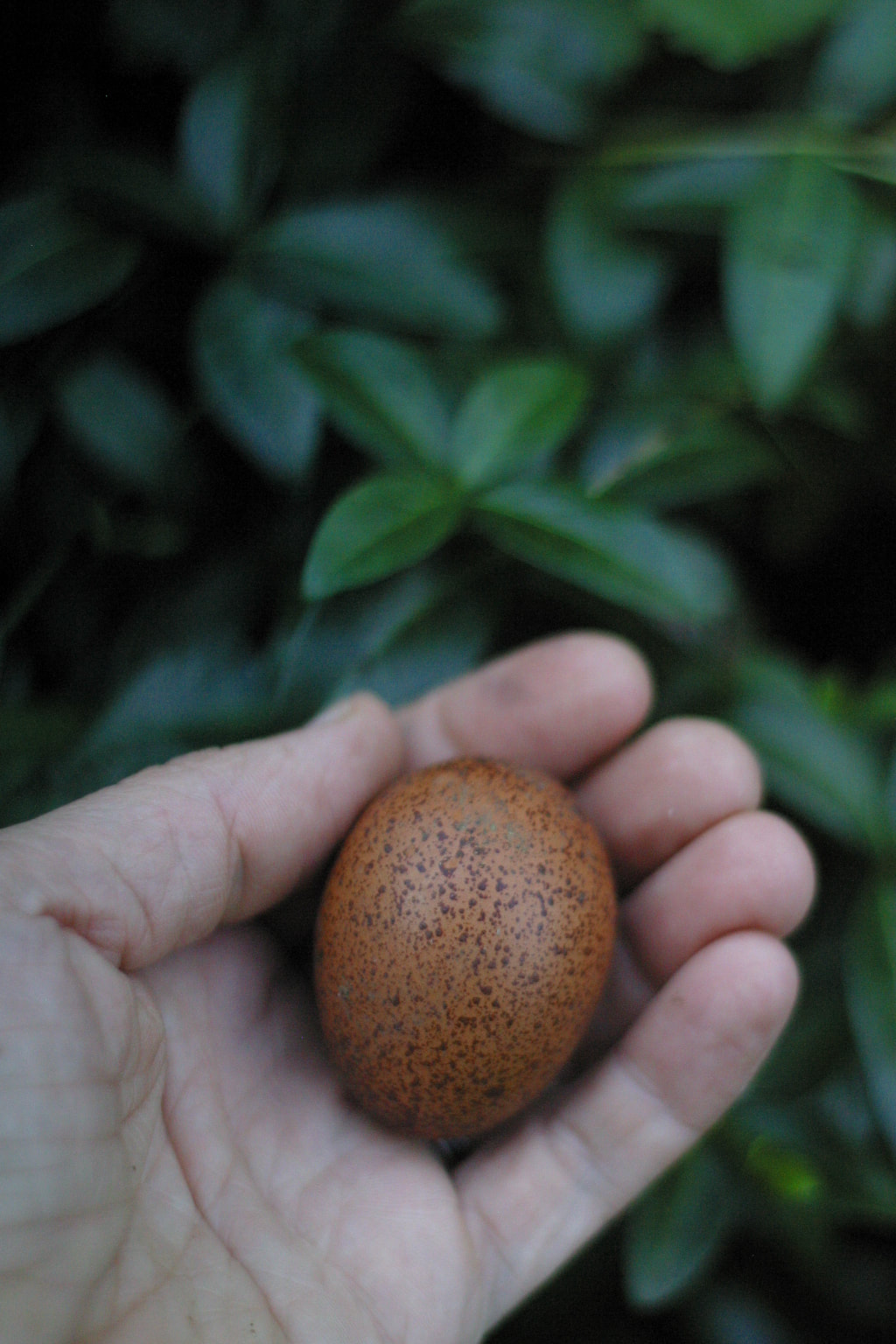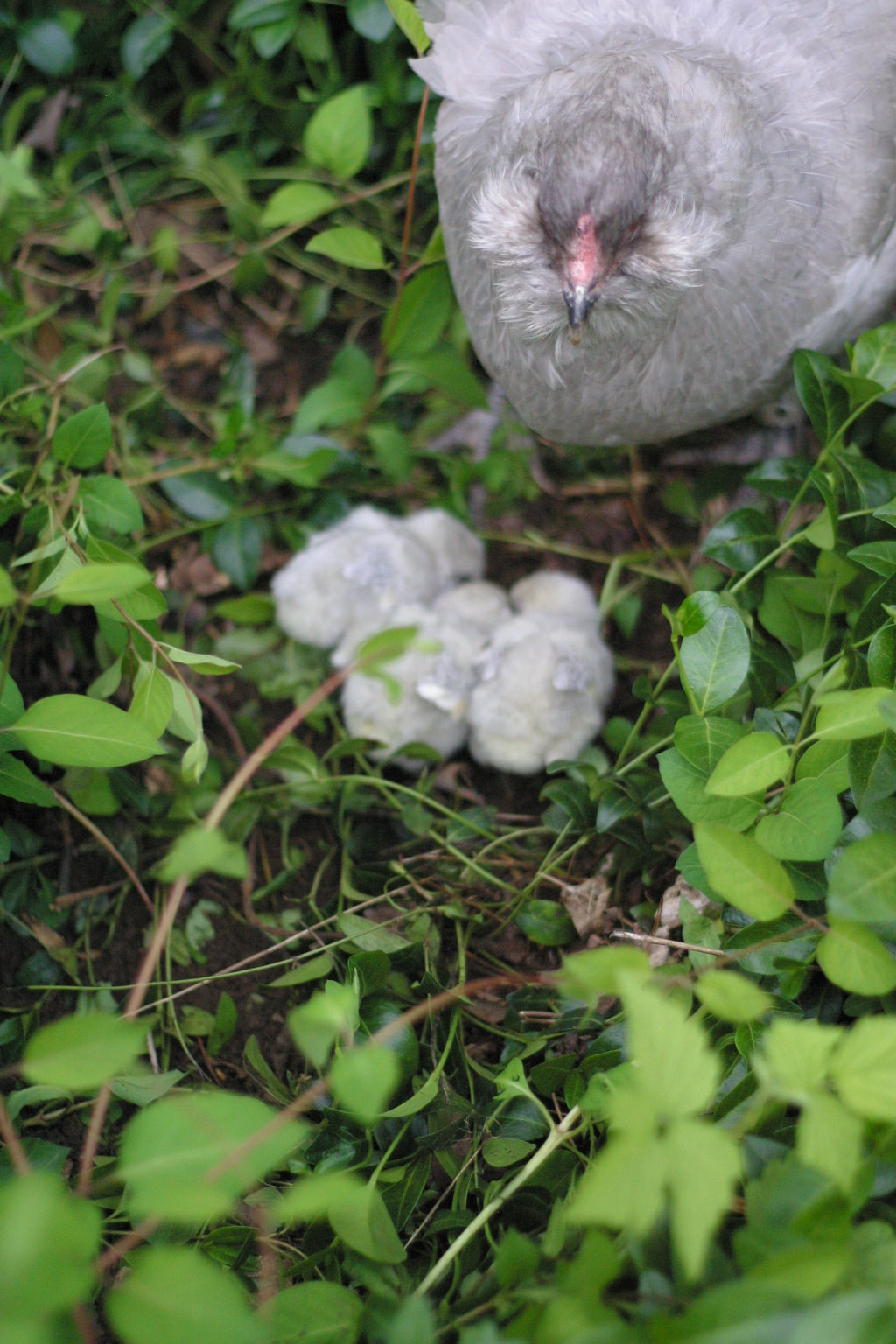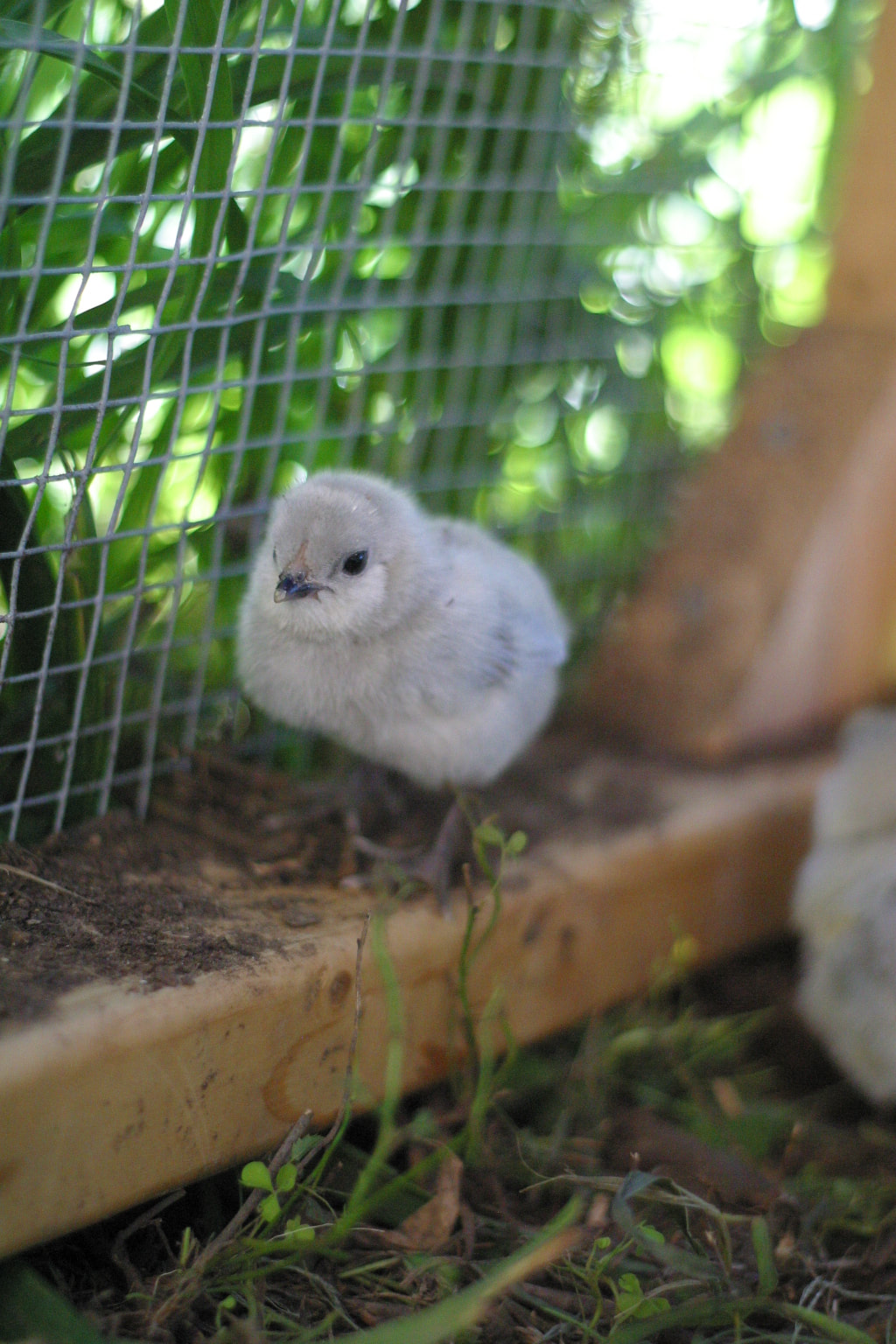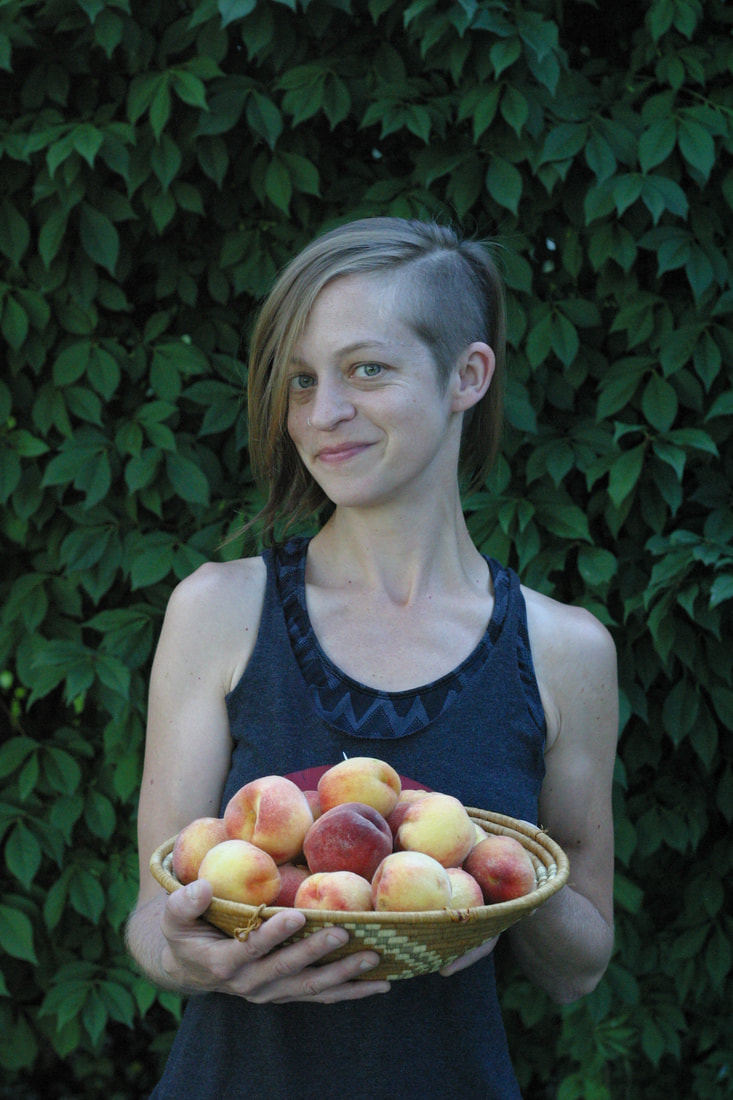|
This speckled Marans beauty was our first new layer egg of the year. These pullet eggs aren’t much to eat, and they shouldn’t be hatched, but damn, they are magical--tiny hints of what’s to come, and always a thrill after months of nurturing a bird from hatch to point of lay.
These eggs also mean it’s time to assess our first round of grow outs as we begin to make decisions about who will be part of our breeding programs next year. There’s a lot to think about with each bird. Assessing our growouts and breeding stock is a multi-layer, ongoing process. In this post, I’m going to chat about selective breeding and the things we take into consideration when making breeding decisions. This is by no means meant to be a comprehensive guide to breeding poultry--that is far too much for one blog post! Instead, I'll be sharing an overview that will give you some insight into everything we think about when making our breeding choices and what this process is like for us on our farm.
4 Comments
If you’ve ever experienced a broody hen, you know they are fierce and determined as they sit on and protect their eggs. They are also a great way to expand your flock, as they will incubate, hatch, and raise chicks for you.
On the flip side, she can be an unwelcome disturbance in the flock, especially if you don’t have fertile eggs or young chicks readily available. They also often need their own space, but they don’t pay egg rent. Not only that, but broodiness can put a real strain on your hen. In this post we will look at both sides of the broody coin: how to support and care for your hen while helping her become a mama, and how to break a broody if need be while minimizing stress to her. What is an Eggtopsy?Spring has arrived and with it, hatching season! Perhaps you collected and incubated eggs from your own flock, or you patiently waited for eggs to arrive in the mail from a breeder. Either way, you spent 21 days incubating and anticipating the arrival of your new babies.
Then hatch day came and went, and there are still some unhatched eggs sitting in the incubator, leaving you to wonder why some hatched, but these didn’t. First of all, this is totally normal. In most cases, not all the eggs you set will hatch. A good hatch rate for fertile, fresh eggs from your own yard is anything over 75%, and the average hatch rate for shipped eggs is 50%. While it’s expected that some eggs won’t hatch, those unhatched eggs can leave you guessing about what happened, and if there’s any way you can improve your hatch rate next time. To troubleshoot your hatch, you can perform an eggtopsy, otherwise known as a “breakout analysis,” on your unhatched eggs. A breakout analysis simply means opening each unhatched egg and studying its contents for clues as to why that egg didn’t hatch. An eggtopsy may not help you pinpoint the exact cause of death for each individual embryo, because there are so many factors affecting each stage of development. However, an eggtopsy will help you recognize patterns, troubleshoot issues, and possibly figure out the cause of a disappointing hatch. What is Clan Mating?If you are interested in breeding your own flock for the first time, know that there are a number of different breeding methods you can choose, including line breeding, flock mating, and clan mating. All have their pros and cons, and some might be a better fit than others for your own situation and goals. On our farm, we’ve chosen to use a clan mating system for our Ameraucanas and Black Copper Marans.
Clan Mating (also known as Spiral Mating) is a system of breeding where chickens are separated into at least three different groups, or clans. You can absolutely have more than three groups if you wish, but three is the minimum. In the initial year of a clan mating program, chickens mate within their group, and in all subsequent years, males are rotated to the next clan over. (I was unable to discover where this breeding method originated, but I first learned about Clan Mating from Harvey Ussery’s great book, The Small-Scale Poultry Flock.) |
Hi, I'm Maeg.Welcome to our blog! Categories
All
|
©
The Silver Fox Farm





